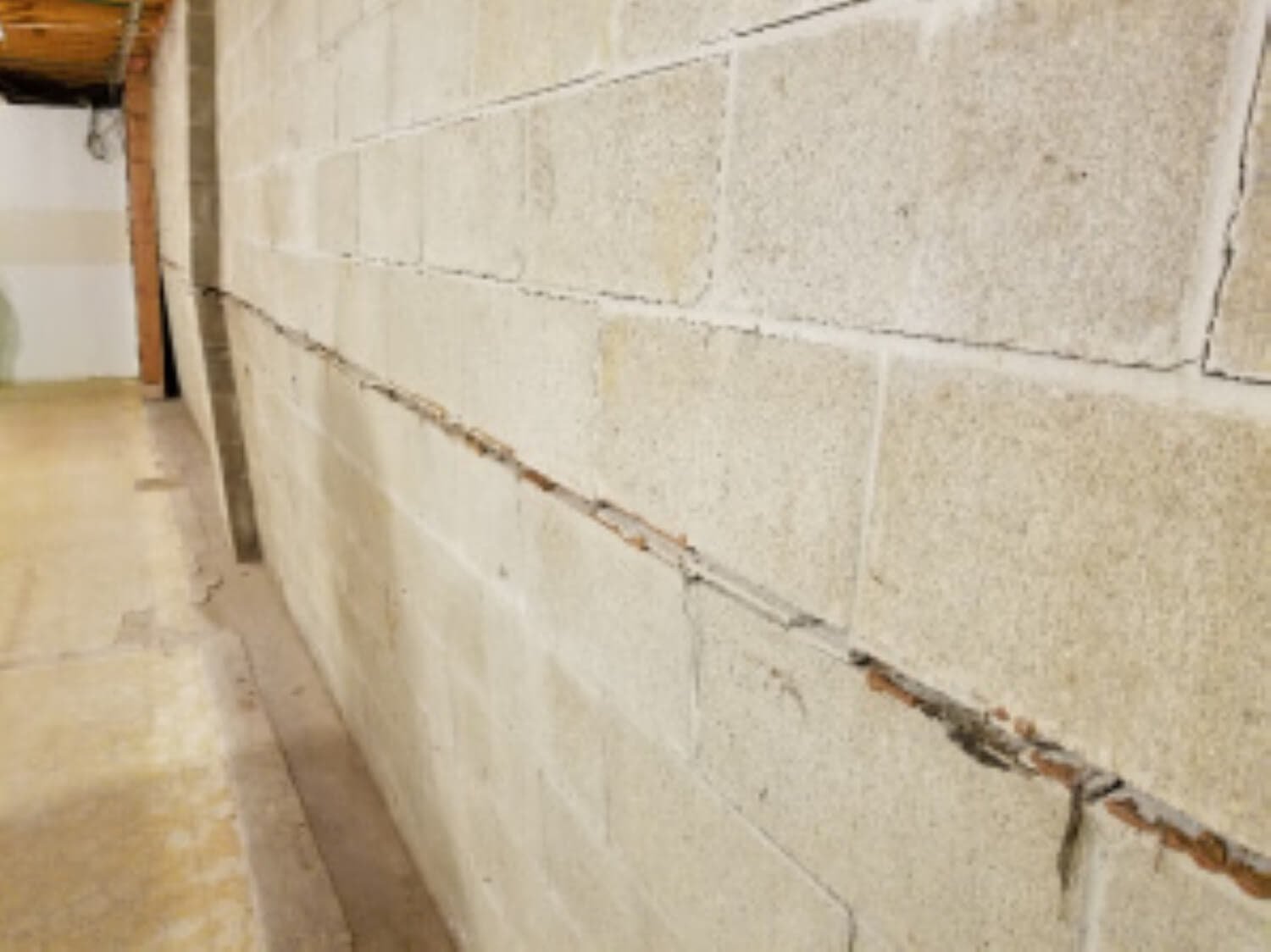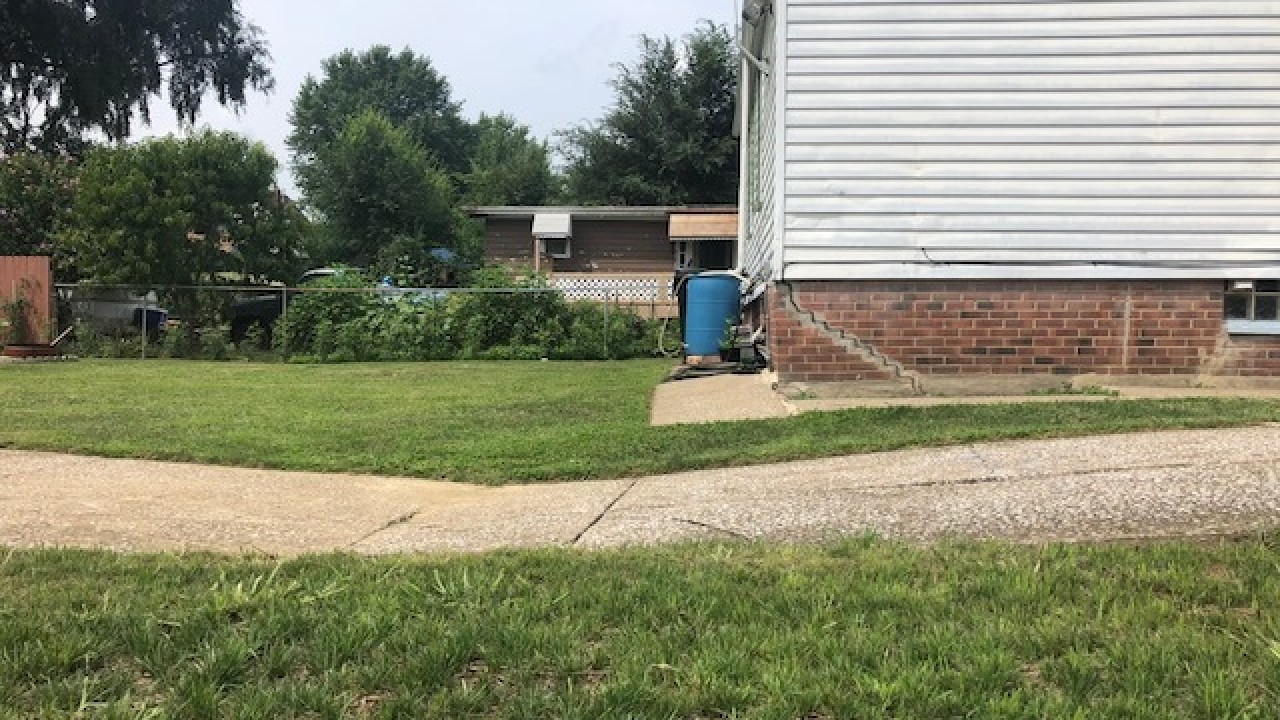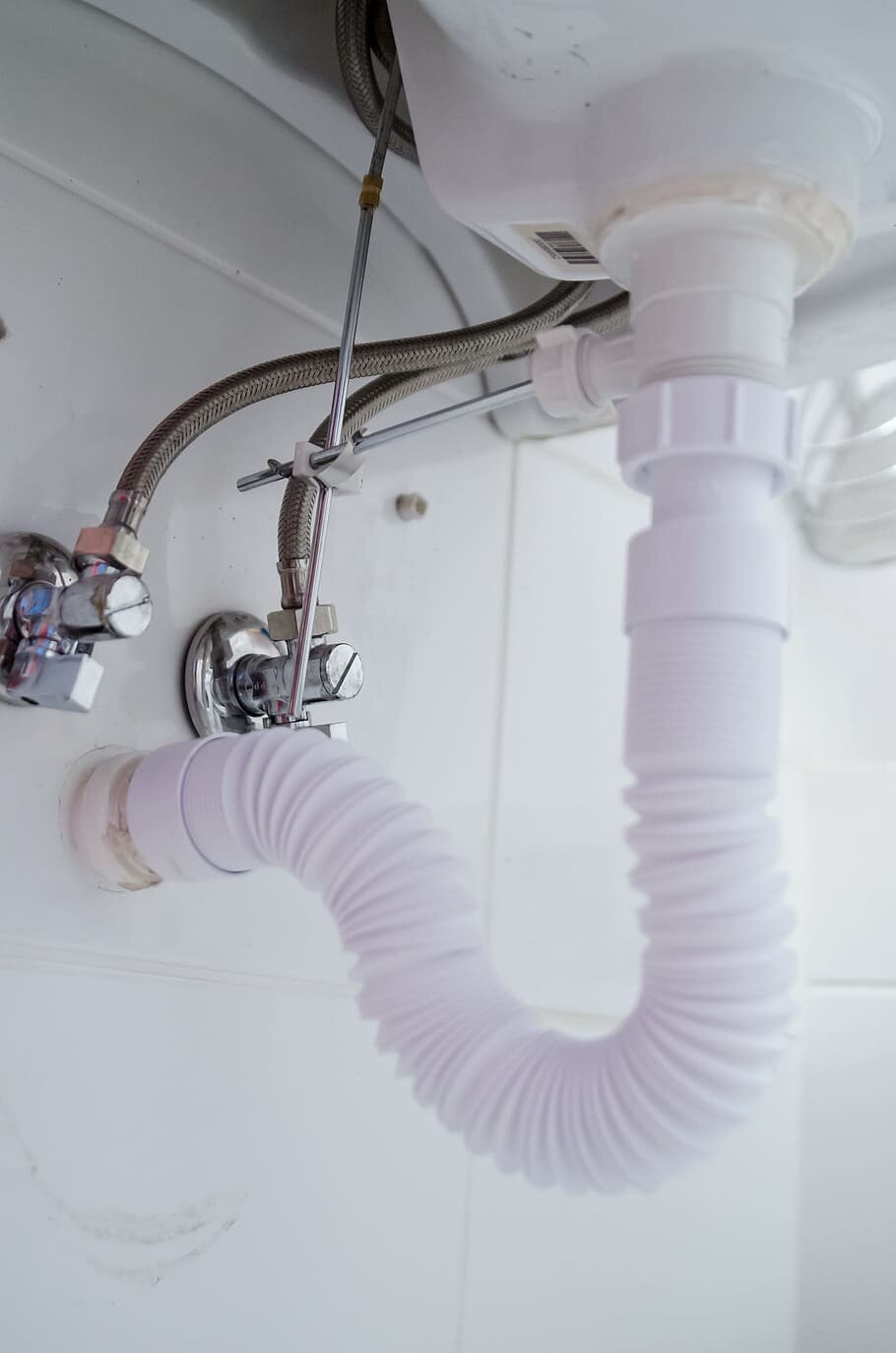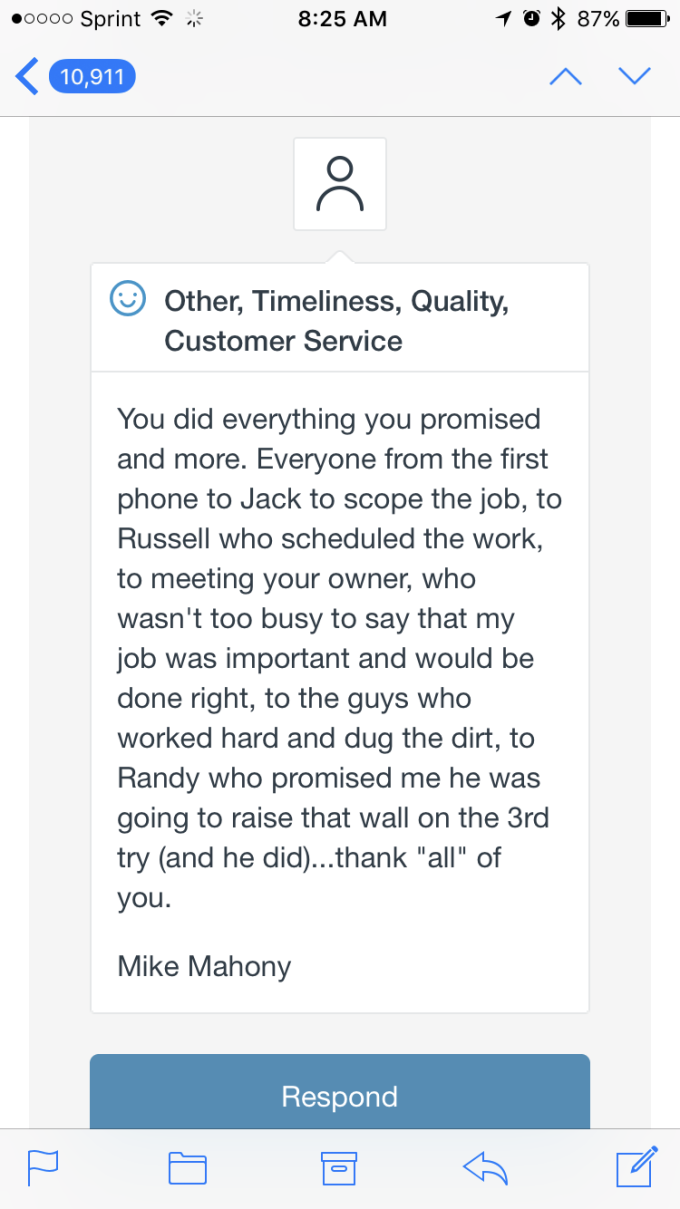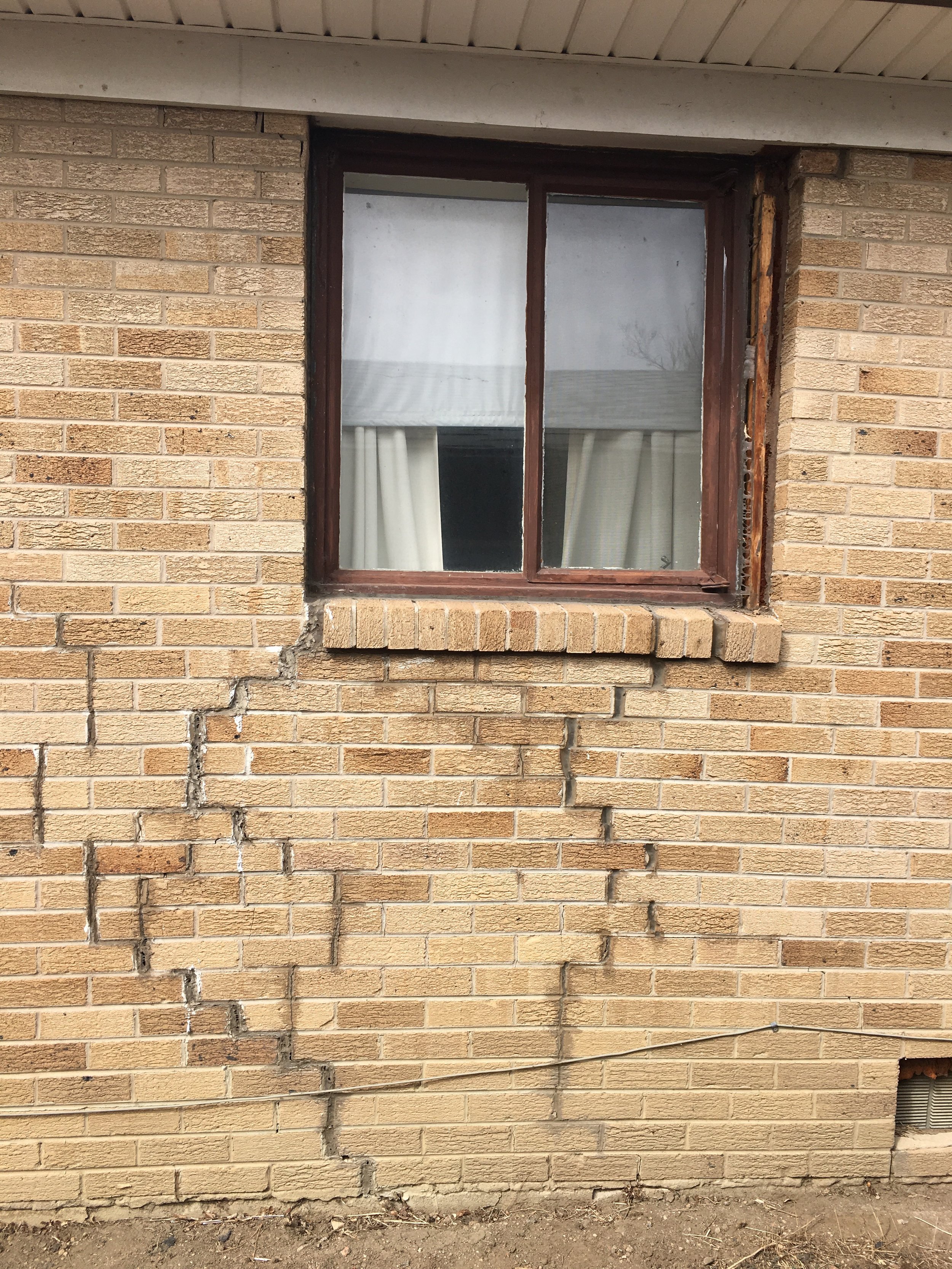Do Most Older Homes Have Foundation Problems?
Owning an older home comes with its own set of joys and challenges, particularly when it comes to foundation issues. While every property requires upkeep, older houses often demand extra care due to their age. Let's explore the typical foundation challenges faced by older homes, understand their origins, and discuss potential solutions.
Which Homes Are Considered Older?
The term "old home" can vary in definition, but it generally refers to properties constructed before the 1950s. Despite their historical charm, older homes are susceptible to foundation issues. However, with the right expertise, most problems can be effectively addressed by experienced foundation repair contractors.
Common Foundation Challenges in Older Homes
Differential Settlement
One prevalent issue in older homes is differential settlement, where the foundation settles unevenly into the ground. This phenomenon occurs due to variations in soil composition and the construction standards of the past. Left unchecked, it can lead to significant structural damage over time.
Soil Erosion
Over time, soil erosion can occur around the foundation, particularly in older homes where landscaping and drainage systems may not have been adequately maintained. As the soil erodes, it creates voids beneath the foundation, leading to instability and potential settling issues.
Tree Root Intrusion
The presence of mature trees near older homes can pose a risk to the foundation. Tree roots seek moisture and can grow beneath the foundation, exerting pressure and causing it to shift or crack. Additionally, trees with aggressive root systems may absorb moisture from the soil, leading to differential settlement.
Poor Construction Practices
Older homes may have been constructed using outdated or substandard building practices, including insufficient reinforcement or improper foundation design. These deficiencies can contribute to foundation issues such as cracking, settling, and structural instability over time.
Hydrostatic Pressure
Inadequate drainage around the foundation can lead to the accumulation of hydrostatic pressure, a common concern in older homes lacking proper drainage systems. This pressure can cause foundation walls to bow inward or crack, jeopardizing the structural integrity of the property.
Recognizing Warning Signs
It's crucial for homeowners of older properties to be vigilant and recognize early warning signs of foundation problems. By promptly addressing these indicators, you can prevent further damage and mitigate repair costs. Here are some common warning signs to watch for:
Interior Signs:
Wall Cracks: Keep an eye out for cracks in interior walls, especially near door frames, windows, or where walls meet the ceiling. These cracks may start small but can widen over time, indicating foundation movement.
Uneven Floors: Walk through your home and pay attention to any areas where the floor feels uneven or slopes. This unevenness could signify foundation settlement or shifting.
Doors and Windows: Difficulty in opening or closing doors and windows can signal foundation issues. If you notice doors sticking or windows becoming misaligned, it's worth investigating further.
Ceiling Cracks: Cracks appearing in ceilings, particularly those running diagonally, may indicate foundation movement or settlement. Be sure to inspect these cracks regularly for any changes in size or length.
Exterior Signs:
Foundation Cracks: Conduct a thorough inspection of the exterior foundation walls for any visible cracks. Even hairline cracks can indicate underlying foundation problems that require attention.
Brick or Masonry Cracks: Look for cracks in exterior brickwork or masonry. These cracks may appear as stair-step patterns or vertical lines and can result from foundation movement or settling.
Sagging or Bowing Walls: Examine the exterior walls for any signs of sagging or bowing, especially near the foundation. These deformities can suggest structural issues affecting the integrity of the home.
Separated Molding: Check for gaps or separations between exterior moldings and the walls. Any visible detachment may indicate underlying foundation movement or settlement.
Other Indications:
Water Intrusion: Keep an eye out for signs of water intrusion in basements or crawl spaces, such as dampness, mold growth, or standing water. Moisture issues can exacerbate foundation problems and should be addressed promptly.
Exterior Drainage Problems: Inspect the exterior of your home for drainage issues, such as pooling water near the foundation or soil erosion. Poor drainage can contribute to hydrostatic pressure and exacerbate foundation issues.
Repairing Foundation Problems in Older Homes
When faced with foundation issues in older homes, timely repair is essential to prevent further damage and maintain structural integrity. Repairing foundation problems often involves a combination of techniques tailored to address specific issues. Here are some common repair methods used by foundation specialists:
Underpinning with Piers:
Install support piers beneath the foundation to redistribute weight and prevent settlement.
Piers can be made of concrete, steel, or helical piles and are driven deep into the ground.
Carbon Fiber Reinforcement:
Apply high-strength carbon fiber straps or sheets to cracked or bowed foundation walls.
Provides additional support and prevents further movement without invasive methods.
Wall Plate Anchors:
Stabilize bowed or leaning foundation walls by installing steel plates connected to earth anchors.
Gradually straighten and stabilize walls over time by applying tension to the anchors.
Concrete Crack Repair:
Seal and reinforce minor foundation cracks with epoxy or polyurethane foam injection.
Prevents further deterioration and water intrusion into the foundation.
Grading and Drainage Improvements:
Ensure proper slope away from the foundation by regrading the landscape.
Install French drains, gutter extensions, or repair existing drainage systems to divert water away from the home.
Prevention Strategies
Preventing foundation issues begins with managing groundwater around the foundation. Measures such as yard regrading, directing water runoff away from the property, and installing drain tile systems can help mitigate moisture-related problems and prevent foundation issues from arising.
Regular Maintenance and Monitoring:
Conduct regular maintenance and monitoring to detect any signs of foundation movement or water damage.
Address issues promptly to prevent recurrence and ensure long-term stability.
What to Do If You Suspect Foundation Problems
If you suspect foundation problems in your older home, it's crucial to take swift action. Start by contacting a reputable foundation repair contractor to assess the extent of the damage and recommend suitable solutions. Avoid attempting DIY repairs and rely on professional expertise to ensure the safety and stability of your home's foundation.
In Conclusion
While older homes may be more prone to foundation challenges, proactive maintenance and timely repairs can help preserve their structural integrity. If you're concerned about the foundation of your older property, don't hesitate to seek professional evaluation and repair services. Addressing foundation issues promptly can save you time, money, and stress in the long run.
If you're worried about your older home's foundation, reach out to us today for a professional evaluation and peace of mind. With years of experience in foundation repair, basement waterproofing, and concrete leveling, we're committed to ensuring the stability and longevity of your home.





